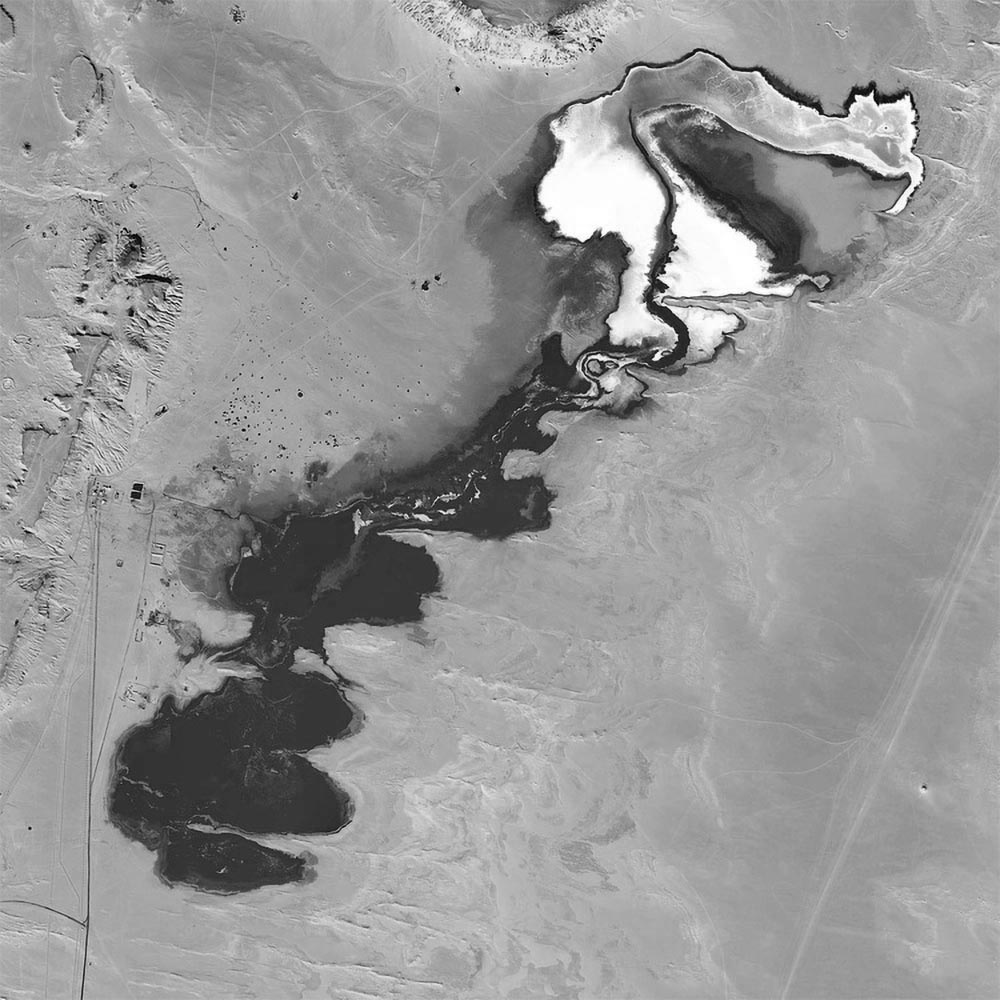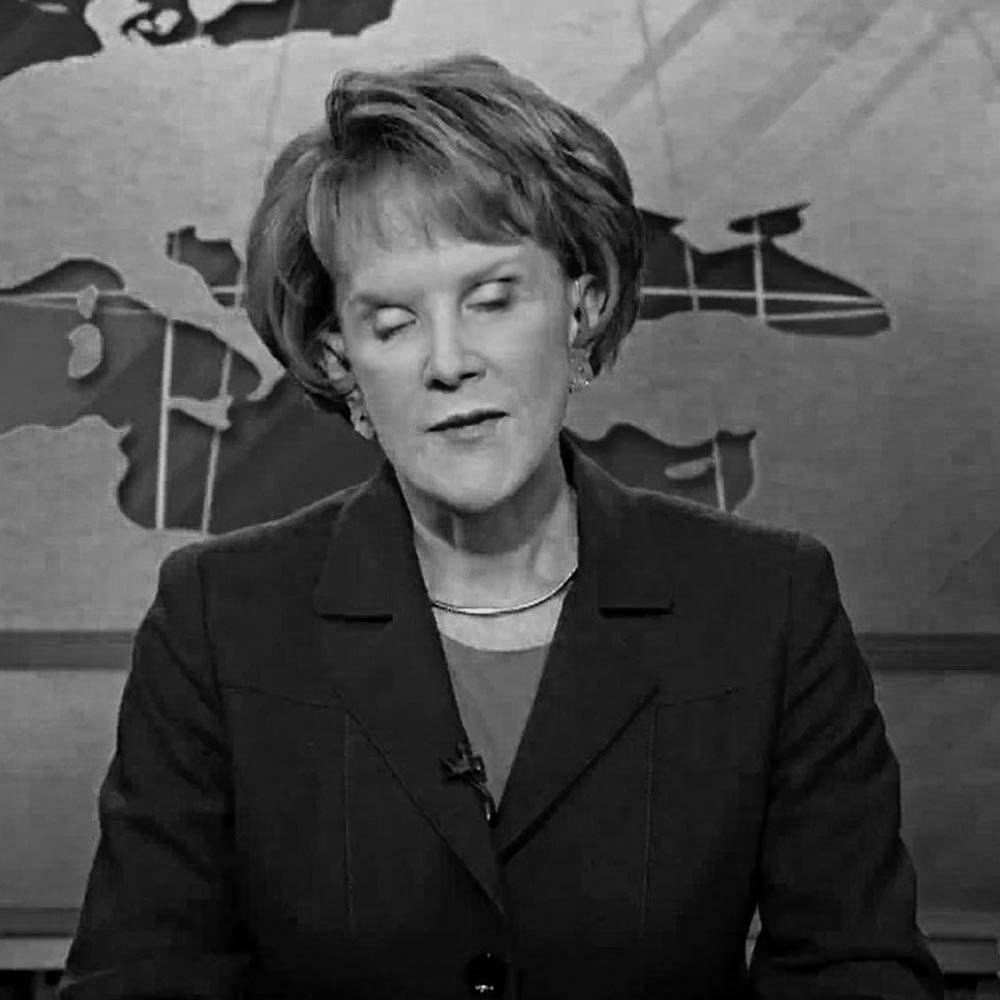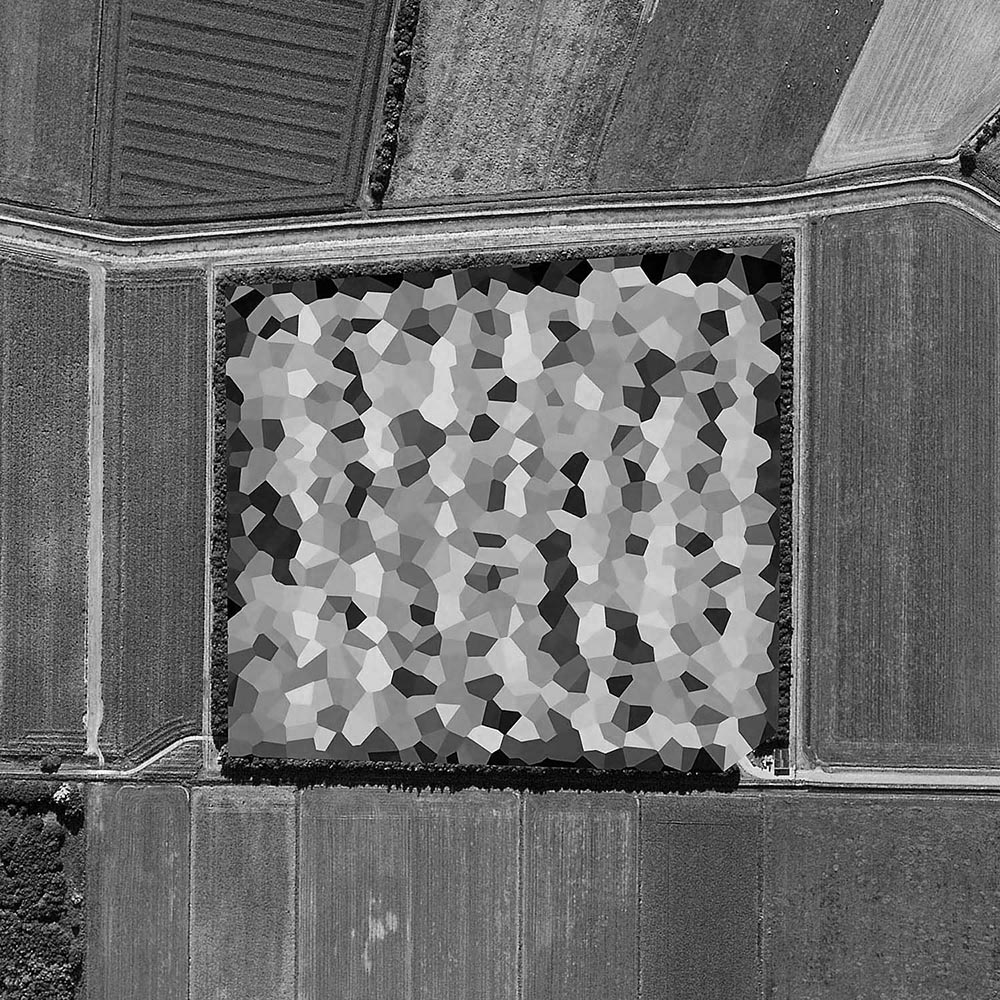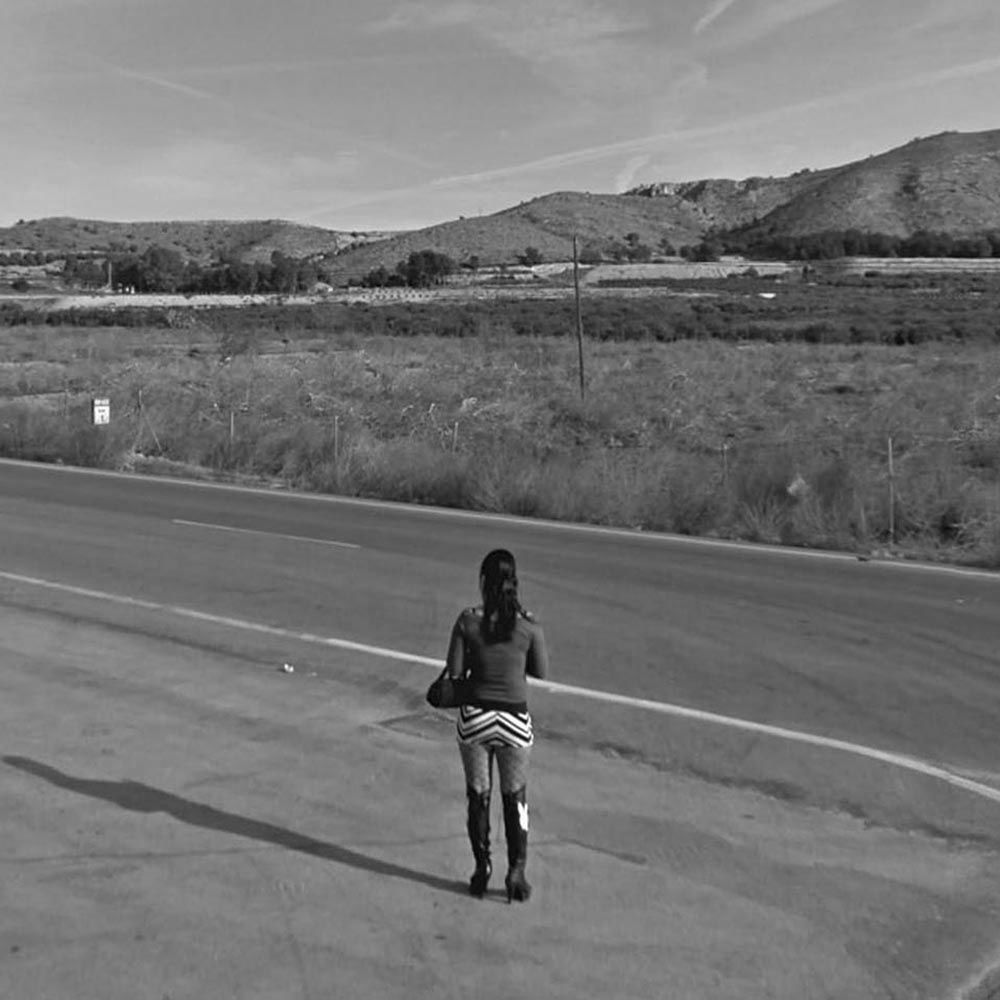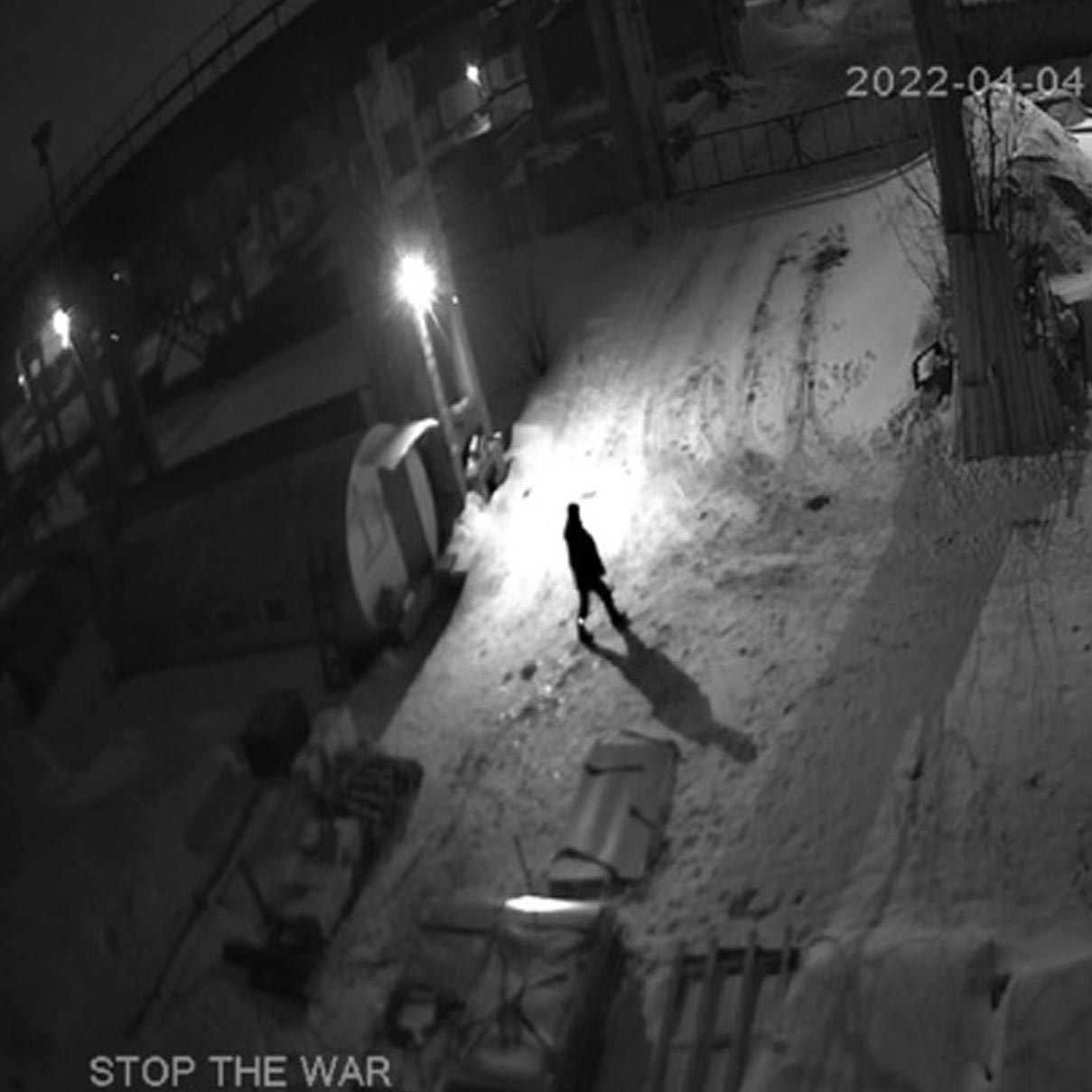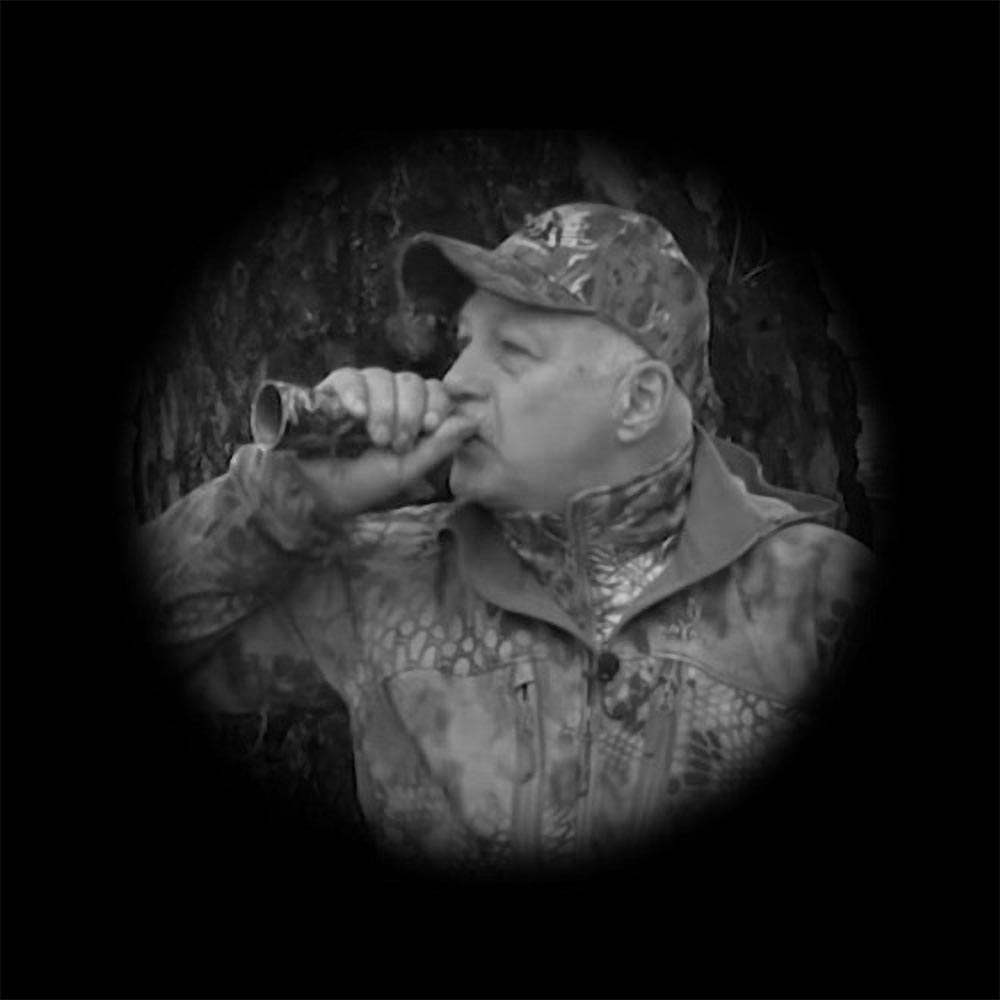DISTANCE
The planet as a photographic surface that reveals our appetite for mastery through regimes of power, production, and control.
BLIND SPOTS
When visibility fails through censorship, technology, and the sheer limits of human perception.
DOUBLE VISION
When seeing becomes a conversation rather than an act of possession.



